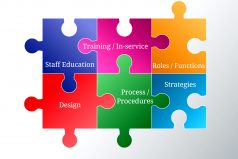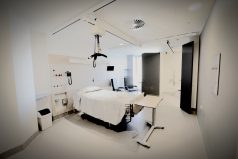In the face of common challenges often found in clinical practice operations, the successful implementation of Safe Patient Handling (SPH) programs hinges on several key factors.
In this context, an RN’s role in hospital care settings extends beyond simple care provision—it involves significant care coordination responsibilities. This includes orchestrating various diagnostics and treatments for patients both inside and outside the direct point-of-care, with every decision impacting the overall care process. One critical aspect of this care coordination includes determining the best methods for lifting, moving, and handling patients with limited mobility.
These critical decisions made by responsible caregivers set a precedence, influencing how other caregivers within the patient care process will lift, move, and handle the patient as well. Therefore, a shift towards safer patient lifting practices involves not only the introduction of patient-lift equipment but also requires the buy-in of bedside nurses, who are central to this care coordination process.
At The RP Hawkins Group, our consulting services focus on identifying and addressing caregiver challenges related to patient handling. We aim to create practical and sustainable solutions, leveraging patient-lift technology to improve safety and efficiency. We work closely with facility Safe Patient Handling Program Coordinators, not only to introduce viable lifting solutions through the use of patient-lift technology but also to optimize underperforming processes currently in place.
Our comprehensive approach ensures that facility coordinators are equipped with the knowledge and skills needed to lead end-users in consistently using patient-lift equipment, thereby reducing manual patient handling injury risk and enhancing injury reduction outcomes. With our guidance and direction, program coordinators are more likely to successfully navigate this transition.
With extensive experience and a proven track record, I am confident that your organization can benefit from the services of The RP Hawkins Group. Contact Roric to discuss how we can revolutionize manual lifting practices in your organization.





